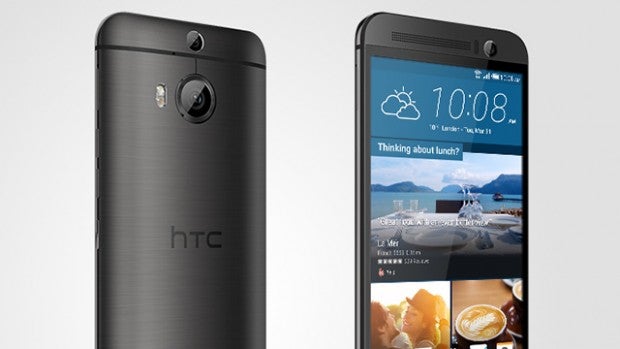
The Vivid profile has a optimised colour range and saturation for the phone, whereas the sRGB profile uses the standard RGB colour range which is slightly warmer and more accurate. If the colours are not to your liking, you can choose between a Vivid and sRGB colour profile. It doesn’t look as good as the AMOLED display on Samsung’s flagship phones, but it’s not poor by any means and is certainly competitive among every other phone out there. The screen is really nice and vibrant without overly saturated colours. The phone also has a 5.2-inch Quad HD (2,560 x 1,440) LCD display. However, they are a bit too low for my liking, and I found myself tapping above the buttons when I first started using the phone.
Htc one m9 new snapchat lenses full#
I actually prefer capacitive buttons to on-screen buttons, as they allow me to make full use of the entire screen at all times. I would say it works better than the Samsung Galaxy S7 and Apple iPhone 6s’ fingerprint scanners, which require you to actually press down the home button to unlock the phone, whereas the capacitive button on the HTC 10 just requires you to gently touch it.Īt the sides of the fingerprint scanner are capacitive navigation buttons, which can be customised to either be visible all the time or only when they are in use. The fingerprint scanner is extremely fast and accurate. The large lens is due to optical image stabilisation (OIS) being built in, which is a world’s first, according to HTC.Īt the bottom is a fingerprint scanner that also serves as a capacitive home button.

Next to the top speaker is a massive five-megapixel front-facing camera. I suggest doing this with the headphones or earpiece that you use the most, as it really does make a difference to your music experience. You can even create a custom audio profile with individual headphones that suit your hearing preferences. I am no audiophile, but I could immediately tell how much better music sounded on HTC’s earphones than on my own earphones. In this case, however, I highly recommend giving the HTC 10’s included Hi-Res earphones a try. Usually I wouldn’t bother much with earphones that come in the box. The phone plays hi-res audio tracks as well and the earphones included aren’t too shabby. Speaking of good sound quality, the headphone audio output on the HTC 10 is impressive, thanks to a 24-bit DAC and amplifier that HTC built into the phone, which allows it to better drive your headphones. It is still loud enough for gaming or watching videos without having to cup your hands around the speakers. Each speaker has its own amplifier, and the result is a sound output with pretty impressive clarity.Ĭompared to the dual front-facing speakers of the HTC One M9, the sound quality is definitely a step up, albeit at a lower volume output. You get a single speaker at the top that works as a tweeter and another speaker at the bottom that serves as a woofer.


The dual front-facing speakers have been re-engineered. HTC’s renowned BoomSound speakers are still present, albeit in a different form. For those of you who are concerned about a downgrade in the speakers quality, fret not. The most visible changes are at the front, with HTC choosing to remove their famous dual front-facing speakers. However, unlike the HTC One M9, significant changes have been made to distinguish the HTC 10 from previous models. Just like its predecessors, HTC 10 sports an attractive aluminium design. I bought my Carbon Grey HTC 10 a month ago for S$930 from Mobyshop, which imported the phone from Taiwan. With the HTC 10 this year, the Taiwanese company hopes to make its way back up to the upper echelon of smartphone manufacturers.Īs a preamble, I would like to inform readers that the HTC 10 has yet to officially arrive in Singapore. Once a powerhouse among smartphone manufacturers, HTC has had a disastrous 2015, with its sales plummeting in the wake of the badly received HTC One M9 and other questionable marketing decisions.


 0 kommentar(er)
0 kommentar(er)
